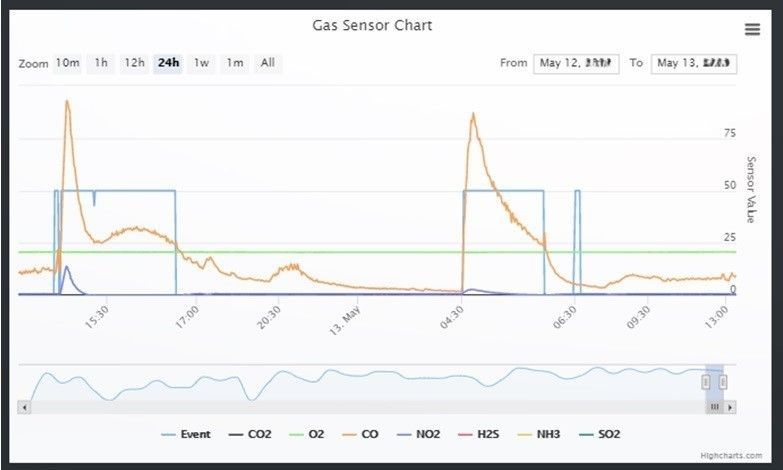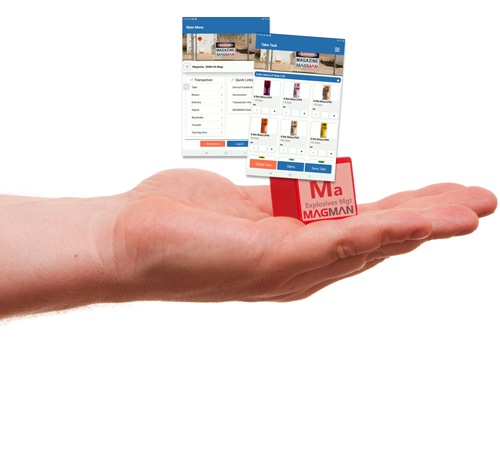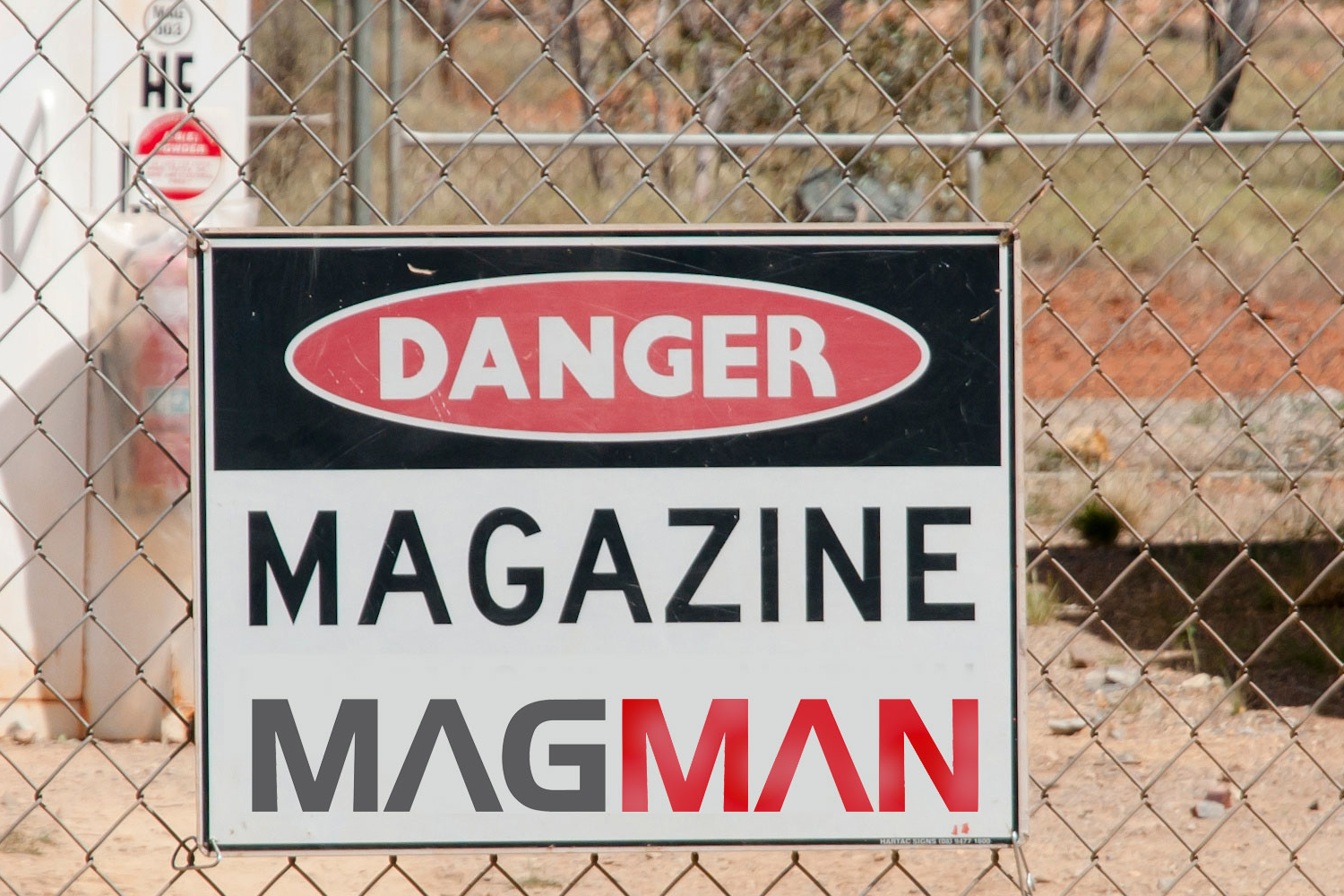Blog Layout
How Environment Monitoring makes sense and improves mine production
May 27, 2024
- Do you struggle with understanding blast clearing times within your underground mine?
- Do you have visibility over toxic gases within your mine?
- Do you know if all the planned firings have detonated?
- Would you like to know if gas levels are safe before sending Re-entry crews into the mine?
If these questions spark interest, then please read through how digital terrain provides some solutions in these areas.
Problem Statement
The underground mining environment is undoubtedly harsh and expensive to operate. Confined spaces, minimal ventilation and underground vehicle emissions can compromise air quality underground. Underground blasting is an essential part of the mining process but results in an abundance of toxic gases being released into the enclosed environment.
Re-entry into blast fume-affected underground areas is a safety and productivity concern for most mines. Lengthy re-entry times may improve clearance of noxious gases but can result in production delays and decreased overall productivity. Re-entry times into development headings are often standardized based on worst-case scenarios, resulting in unnecessary delays. Fume clearance from blast areas can be mathematically estimated using a number of different methods however a complicating factor of fume clearance is considering the volume, efficiency, and discharge location of fresh air ducts required to clear development blast areas.
The two most dangerous gases in an underground mine are nitrogen oxide, generated from explosive blasting, and carbon monoxide, from trucks and other mining equipment using internal combustion engines. These gases are crucial to monitor to prevent any worker from being in a toxic environment.
Following a blast there is a minimum wait time before re-entry is permitted. This is a time of minimal productivity, and where possible should try to be reduced. When there is no active feedback on live gas readings meaning that workers may be waiting for an unnecessary time, or a worst-case scenario of sending people (re-entry crew) into an unsafe environment.
Blasting with explosives is an essential activity for developing tunnels in most underground hard rock mines, however, the process introduces a number of hazards that must be controlled to ensure a safe work environment. A major consideration is the release and removal of noxious gases from the mine before the re-entry of workers to areas that may be affected by blasting fumes. Traditional methods of estimating blast fume dispersal can provide accurate indications of clearance times if carefully calibrated to mine conditions; however, these tools are rarely used systematically with blasting activities due to the wide range of variations in ventilation and blasting conditions. In addition, the traditional calculation methods provide a limited platform for calculating mine-wide fume dispersal, where mixing of airflows and dilution limit the use of fume concentration calculations. Risks associated with underground gas levels are:
- Placing re-entry crews at risk if the gases are still unsafe following a blast.
- Exposure to bogging crews when they are bogging (releasing pockets of gas).
- Exposure to diesel particulates through inadequately ventilated environments and diesel equipment operated within confined environments.
Solution EMS
Digital Terrain offers an advanced Environmental Monitoring system that facilitates real-time air quality monitoring to allow faster re-entries, Visibility of environmental conditions within the mine to forewarn re-entry crews prior to being exposed to an unsafe environment and greater productivity by potentially reducing nonproductive face time. Digital Terrains EMS detects and monitors toxic and flammable gases in underground mining operations from the surface to enable safe entry for personnel following blasting in an underground mine.
Digital Terrain recognises the need to bring all the sensor information back into a central on prem application that applies a visual representation to the data and through the software enables a control room or Shift boss the ability to control a devise within the underground mine.

Figure 1: Gas Sensor Chart

Figure 2: EMS unit view from control room on site
Digital Terrain EMS units are capable of measuring 8 gases, wet and dry bulb, air velocity, dust particulate, and humidity. Environmental readings can be viewed from the surface in our customised real-time dashboards.
Below is a basic list of specifications for the EMS:
- Gas Sensors:
- O2 – 0-25% range (Chemical sensor with 6-12 Month life expectancy)
- LEL – 0-100%range (NDIR Sensor with 2-year life expectancy)
- CO – 0-1,000ppm range (Chemical sensor with 2-year life expectancy)
- CO2 – 0-5% range (NDIR Sensor with 2-year life expectancy)
- NO2 – 0-20 ppm range (Chemical sensor with 2-year life expectancy)
- H2S – 0-100ppm range (Chemical sensor with 2-year life expectancy)
- SO2 0-20ppm range (Chemical sensor with 2-year life expectancy)
- NH3 0-100ppm range (Chemical sensor with 2-year life expectancy)
- Wind Velocity: Direction and Speed (-40 to +40 M/S) +- 2% Accuracy
- Temperature: Dry Bulb & Wet Bulb (-20 to +80 Degrees Celsius) +- 0.1 Degree Celsius Accuracy
- Humidity: (0-99.9%) +- 2% Accuracy
- Barometric Pressure: 300-1100 hPa (9000m to -500m) +- 0.12hPa Accuracy (1m)
- Dust Particulate: (pm1, pm2.5, pm10 range 0-1500ug/m3) with a 2-year sensor life expectancy and +- 10 ug/m3 accuracy
- Live camera stream with IR Lighting (up to 1080p) with motion recording of captured events
- Integrated Blue/Red Status indicators (breach conditions can be set for red flash)
- Optional inclusion of A/V alarm, red/blue beacon and low power/status alerts
- Equipment to be supplied and commissioned on site.
- Real-time view of your underground environment conditions
- Transportable and easy to install – connect to a POE port, calibrate on the surface, then underground with an anemometer.
- Calibrated with simple step-by-step instructions via web interface or on-board touch interface.
- Email alerts and interactive dashboard interface with optional SMS alerts.
- Direct integration to Modbus TCP/IP

Figure 3: EMS installed on site.
Tags:
#monitoring, #Ventilation, #VOD, #Blast Fumes, #Blasting, #Fan, #Gas, #smartmines #EMS #mining

24 February 2025
Transitioning from paper-based options to digital solutions is a crucial step for many industries, including mining. Traditional methods, such as handwritten logbooks and reports, are prone to errors, inefficiencies, and loss of critical information. Digital solutions such as Magman and Simbio offer significant benefits in speed, ease of use, and cost savings. K ey Benefits of Digital Solutions Speed and Efficiency Faster completion of inspections and data collection. Instant information sharing via internet connections. Reduced time for data entry and reporting. Real-time access to reports for all necessary personnel. Ease of Use Efficient and accurate data collection with mobile apps and IoT devices. Simplified processes using barcode scanning, RFID, and standardized forms. Automatic organization and storage of information for historical records and audit trails. Customization Tailored solutions to fit specific business needs and processes. Customizable checklists, forms, and corrective actions. Flexible hosting options (in-house servers or cloud-based solutions). Integration with existing systems and workflows. Cost Savings Elimination of paper and postage expenses. Platforms like Magman and Simbio deliver significant savings per document, including productivity and revenue gains. Substantial cumulative savings when multiplied by thousands or millions of documents annually. Environmental Benefits Reduced paper usage saves trees and decreases carbon emissions. Steps to Successful Digital Transformation Assess Organizational Needs Identify specific requirements and challenges. Determine essential features and capabilities in a digital solution. Select the Right Provider Choose providers offering comprehensive, customizable solutions. Ensure the system can be tailored to business size and scale. Evaluate the benefits of increased proficiency through speed and customization. Invest in Training and Education Provide training to help workers adapt to new technologies. Highlight the importance of digital tools in improving safety and efficiency. Embracing digital solutions is essential for mining operations to stay competitive, efficient, and environmentally responsible. The transition from paper-based to digital systems enables better data management, faster decision-making, and enhanced safety. By focusing on speed, customization, cost savings, and proper training, organizations can successfully transition to a paperless environment. Leveraging technology not only improves operational efficiency but also contributes positively to the environment. For those interested in going paperless, applications like the Magman and Simbio suite provide valuable operational insight and real-world practicality to support this transition.

7 February 2025
Magman Stocktake New Features Stocktake compliance and balancing your magazine is a key regulatory requirement. Magman has always been focused on this through proactive alerting and email notifications. This has now been improved further by introducing a new stocktake validation workflow. This workflow prevents other transactions occurring if the magazine does not balance and requires approval via designated persons to proceed past an imbalanced magazine. The updated Magman system ensures seamless regulatory compliance and reduced downtime by enforcing users to complete a stocktake each shift prior to any other magazine transactions, removing any guesswork or administration level controls in the stock validation process and immediately requiring intervention if it does not balance. Here’s the new Magman stocktake workflow:
